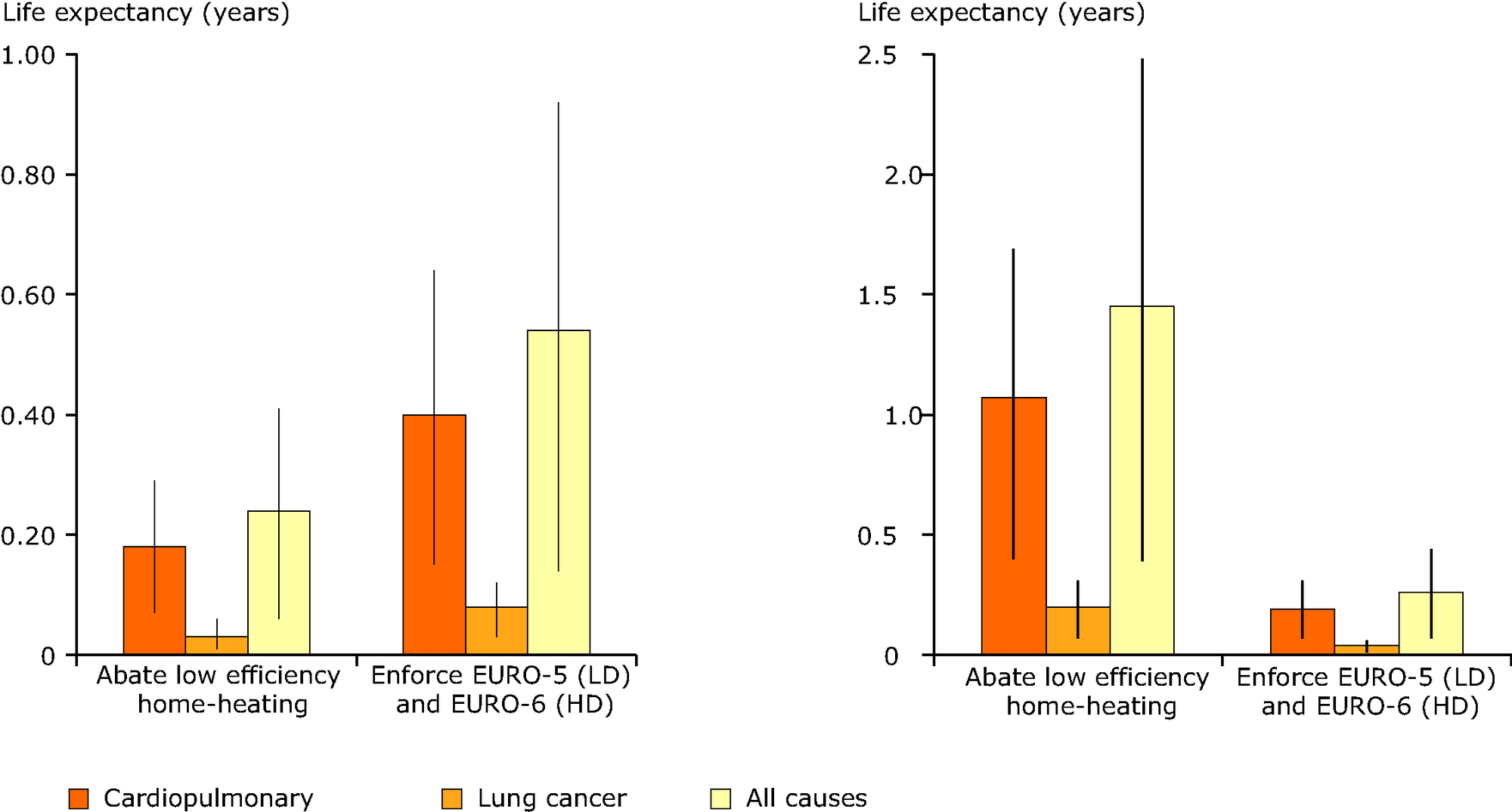
Skin is the largest organ of the human body. It helps regulate temperature and protects us from disease. There are rules and regulations to skin care. Continue reading to learn some important facts and tips about skin care. It may surprise you to learn how valuable your skin is. Read on to discover how skin care can benefit your health. And don't forget to apply sunscreen every day!
Do's and don'ts of healthy living
Living a healthy lifestyle should be a priority! It doesn't mean that you have to eat junk food, or overeat. Instead, eat a variety of fresh foods and avoid processed foods. These processed foods are loaded with chemicals, preservatives as well as fats, artificial colours, and other harmful substances. You should instead eat fresh fruits & vegetables every day. Vitamins and other supplements can be a great way of keeping your body in tip-top condition.
The largest organ is skin
Your skin is the largest part of your body. It serves many important functions. There are three layers to the skin. The outermost layer, the epidermis, has dead cells and is constantly flaking and washing off. Inside, new cells move up from the lower epidermis and die as they move upward. The whole process takes around 28 day. To protect your skin from damaging UV rays, moisturize daily.

The skin is composed of water, protein and fats. It regulates the body's temperature and contains nerves. It is the largest organ in the body, with eleven miles of blood vessels. It is very important and requires healthy living tips in order to keep it beautiful and healthy. It protects you from the sun and rain. You will see a radiant, healthy complexion if it is treated well.
It regulates temperatures
The brain's hypothalamus controls temperature regulation. It is located in the brain. It regulates the release of temperature-controlling chemicals, balances body fluids and maintains salt levels. Various parts of the body, including sweat glands, blood vessels, and vents, work with the hypothalamus to maintain the body's temperature. This information allows for the hypothalamus's ability to regulate body temperature.
Animals will reduce their metabolism to conserve heat if the temperature is too high. A lower metabolic rate is more affordable, so many animals can survive frosty nights by going into torpor. A feedback system which includes a modulator/effector and stimulus is essential for biological temperature regulation. The system aids in maintaining equilibrium, which is the balance of temperature and other aspects of the organism.

It helps to protect against disease
The term "vaccine" describes any substance that is supposed to protect against a specific disease. The vast majority of these medications contain genetically weakened pathogens. The cow skin disease virus is used to strengthen the smallpox vaccine's genetic material. The "live attenuated", weakened virus is known. But is it safe? How long does the product protect you from infection
FAQ
How much should you weigh for your height and age BMI calculator & chart
Calculating your body mass index (BMI), is the best method to calculate how much weight to lose. Healthy BMI ranges between 18.5 to 24.9. Weight loss is possible if you aim to lose approximately 10 pounds per week. To calculate your BMI, simply enter your height and weight into the BMI calculator.
This BMI chart shows you if it is possible to identify if you are either overweight or obese.
How often should i exercise?
It is important to exercise for a healthy lifestyle. You don't have to exercise for a certain amount of time. The key is finding something you enjoy and stick with it.
You should aim to do 20-30 minutes of moderate intensity exercise three times per week. Moderate intensity means that you will still be working hard even after your workout is over. This type workout burns about 300 calories.
If you prefer to walk, go for 10 minute walks four days a week. Walking is easy on the joints and has low impact.
Jogging three times a week for 15 mins is enough if you want to run. Running is an excellent way to lose weight and tone your muscles.
Start slowly if you aren't used to doing exercise. Begin with 5 minutes of cardio every other day. Gradually increase the duration until you reach your goal.
How can I tell what is good for me?
Listen to your body. Your body knows best when it comes to how much exercise, food, and rest you need. It's important to pay attention to your body so you don't overdo things. Pay attention to your body, and ensure that you are doing all you can to keep yourself healthy.
Statistics
- nutrients.[17]X Research sourceWhole grains to try include: 100% whole wheat pasta and bread, brown rice, whole grain oats, farro, millet, quinoa, and barley. (wikihow.com)
- According to the 2020 Dietary Guidelines for Americans, a balanced diet high in fruits and vegetables, lean protein, low-fat dairy and whole grains is needed for optimal energy. (mayoclinichealthsystem.org)
- The Dietary Guidelines for Americans recommend keeping added sugar intake below 10% of your daily calorie intake, while the World Health Organization recommends slashing added sugars to 5% or less of your daily calories for optimal health (59Trusted (healthline.com)
- According to the Physical Activity Guidelines for Americans, we should strive for at least 150 minutes of moderate intensity activity each week (54Trusted Source Smoking, harmful use of drugs, and alcohol abuse can all seriously negatively affect your health. (healthline.com)
External Links
How To
What does the term "vitamins" mean?
Vitamins are organic compounds that can be found in foods. Vitamins are necessary for us to absorb nutrients in the foods we consume. Vitamins cannot be produced by the body. They must be acquired from food.
There are two types: water-soluble and fat-soluble vitamins. Water-soluble vitamins dissolve in water easily. Examples include vitamin C,B1 (thiamine), B2 (riboflavin), B3 (niacin), B6 (pyridoxine), folic acid, biotin, pantothenic acid, and choline. Fat-soluble vitamins are stored in the liver, fatty tissue and kidneys. Examples include vitamin D, E, K, A, and beta carotene.
Vitamins can be classified according to biological activity. There are eight major vitamin groups:
-
A - essential for normal growth and maintenance of health.
-
C is important for nerve function and energy production.
-
D – Essential for healthy teeth, bones and joints
-
E - Required for good vision & reproduction
-
K - Essential for healthy muscles and nerves.
-
P - essential for strong bones, teeth and tendons
-
Q - aids digestion and absorption of iron.
-
R - Required for red blood cell production
The recommended daily allowance of vitamins (RDA), varies according to age, gender, physical condition, and other factors. The U.S. Food and Drug Administration (FDA) sets the RDA values.
For example, the RDA for vitamin A is 400 micrograms per dayfor adults 19 years or older. For fetal development, pregnant women need 600 mg per day. Children ages 1-8 require 900 micrograms per day. Babies under one-year old require 700 mg per day. Between 9 and 12 years of age, however, this drops to 500 mg per day.
Children between the ages of 1-18 need 800 micrograms per daily for obesity, while children overweight require 1000 micrograms. Children underweight or obese will need 1200 mg per day.
Children between 4 and 8 years old with anemia will need 2200 micrograms daily of vitamin C.
2000 micrograms are required daily for good health in adults over 50. Due to their increased nutrient needs, pregnant and breastfeeding women need 3000 micrograms daily.
1500 micrograms are required daily by adults over 70 because they lose approximately 10% of their muscle each decade.
Women who have been pregnant or are lactating require more than the RDA. Pregnant women need 4000 micrograms per dayduring pregnancy and 2500 micrograms per day after delivery. Breastfeeding mothers need 5000 mg per day when breastmilk is being produced.